In the depths of America’s wetlands, a compelling tale of survival and rejuvenation unfolds. The American alligator, once teetering on the brink of extinction, now stands as a beacon of successful conservation. Through committed efforts and innovative strategies, the revival of this iconic reptile is not just a triumph for biodiversity but also a testament to human capability for positive change in wildlife conservation. Understanding how this species was brought back from the edge provides critical insights into safeguarding our natural world for future generations.
The Alligator’s Plight: Journey to Endangerment
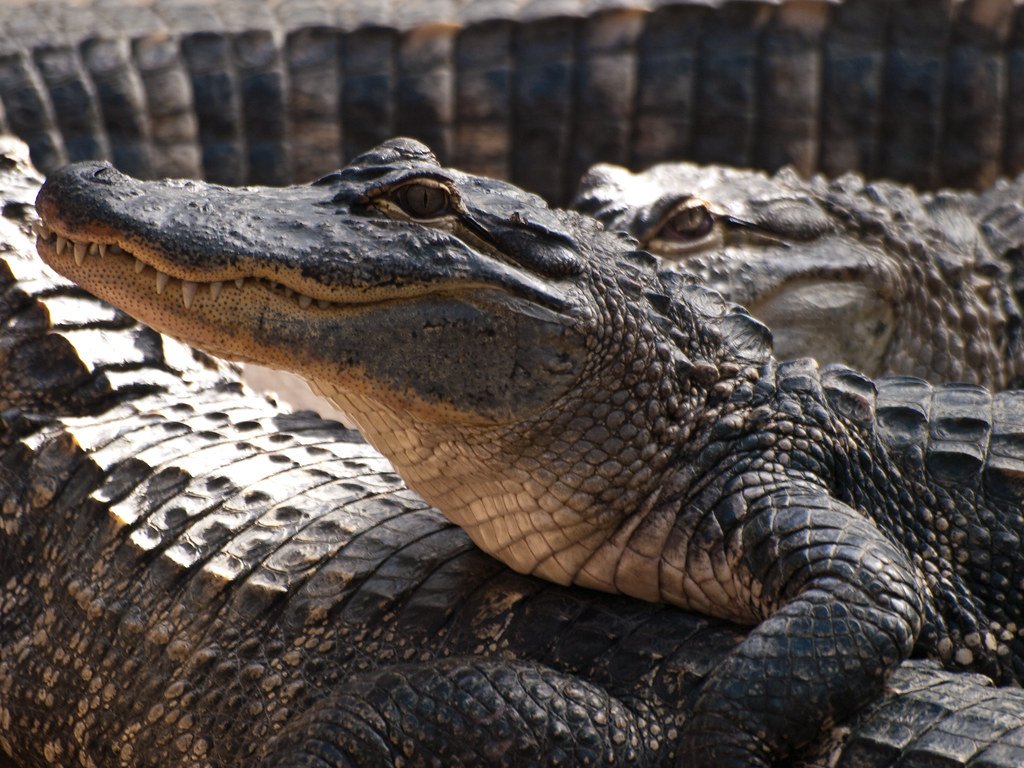
Historically, the American alligator was a dominant presence in the wetlands of the southeastern United States. However, by the mid-20th century, unchecked hunting for alligator skin and habitat destruction spelled trouble for these ancient creatures. By the late 1960s, their numbers had dwindled perilously low, leading to their inclusion on the endangered species list. The plight of the alligator highlighted the urgent need for protective measures and sustainable practices.
Legal Protections: A Turning Point
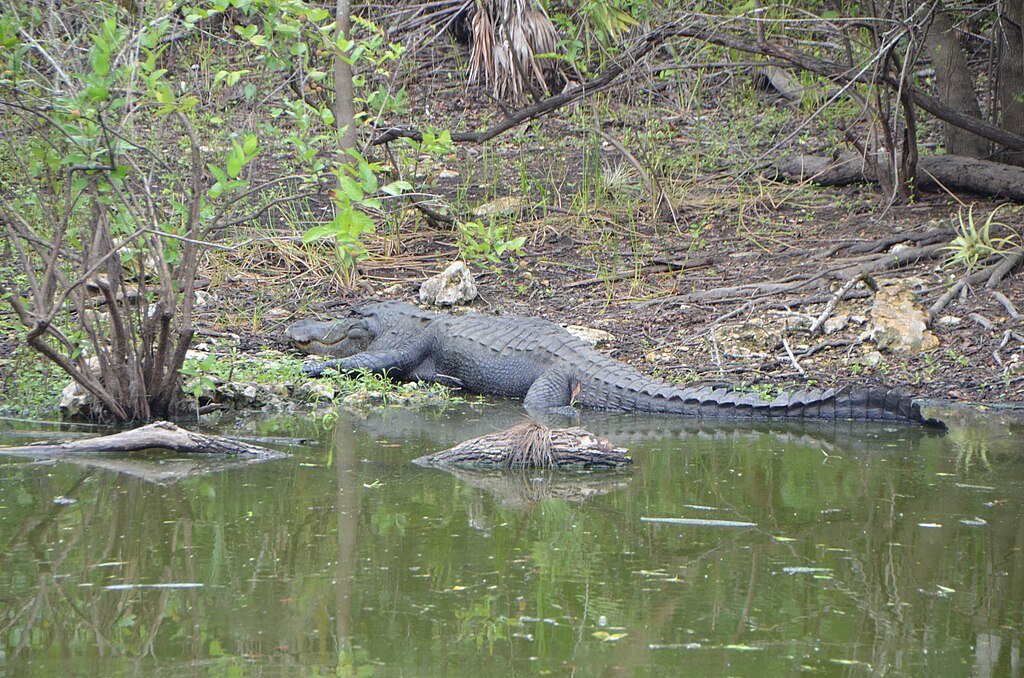
The introduction of the Endangered Species Act in 1973 marked a pivotal change in the fate of the American alligator. The law provided a legal framework for conservation efforts and prohibited the hunting, selling, or trading of endangered animals. These protections allowed for a much-needed recovery period, during which conservationists could focus on nurturing young alligators and preserving their natural habitats.
Conservation Strategies: A Multifaceted Approach
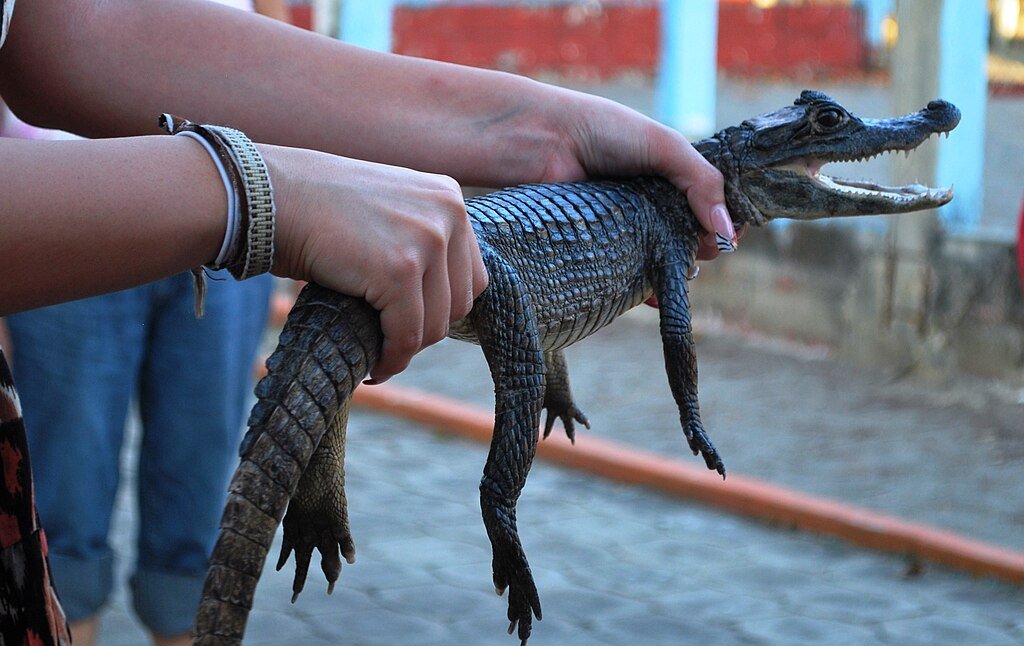
Saving the alligator required a multi-pronged strategy. Key initiatives included the establishment of wildlife sanctuaries, stringent enforcement of hunting regulations, and public education campaigns to foster awareness. Additionally, the development of sustainable alligator farming for leather significantly reduced poaching pressures. These combined efforts played an essential role in stabilizing alligator populations.
Habitat Restoration: Reviving the Wetlands
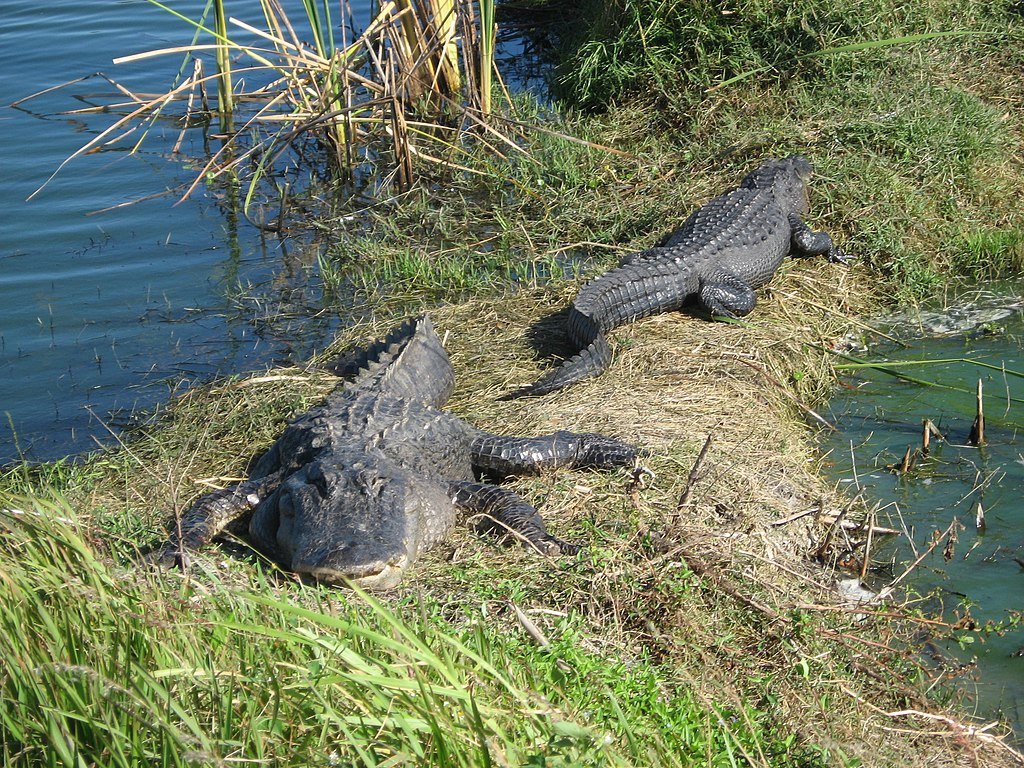
The health of alligator populations is closely linked to the condition of their wetland habitats. Conservationists focused on restoring these vital ecosystems by improving water quality, regulating water levels, and replanting native vegetation. These initiatives not only supported the alligators but also enriched the entire ecological framework of the wetlands, benefiting countless other species.
Monitoring and Research: Keeping an Eye on Progress
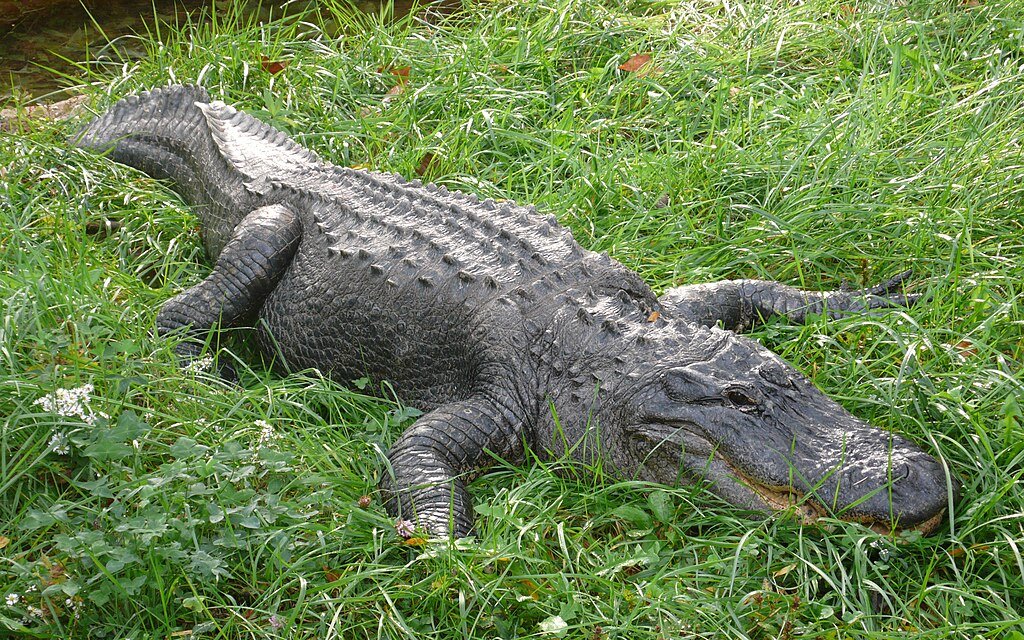
Ongoing monitoring and research play pivotal roles in conservation success. Biologists track alligator populations and health indicators to ensure the species remains on a positive trajectory. Data collected through tagging and observation helps refine conservation strategies, ensuring they adapt to emerging challenges and continue to promote population growth sustainably.
Population Recovery: A Remarkable Comeback
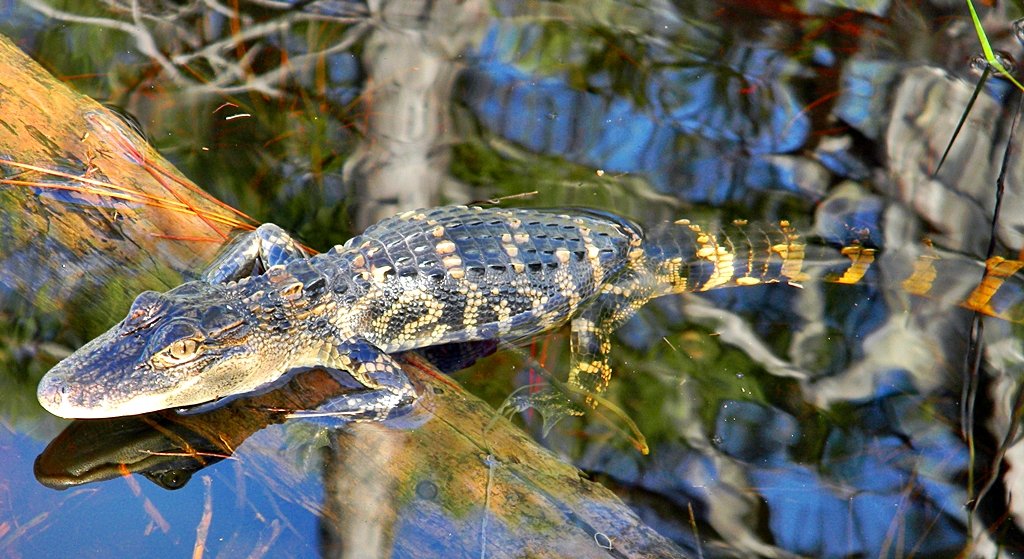
Thanks to these comprehensive efforts, the American alligator’s recovery has been nothing short of extraordinary. In 1987, the species was removed from the endangered list, its numbers multiplying to healthy levels across its native range. Today, the alligator thrives, a testament to the effectiveness of coordinated conservation initiatives.
Lessons Learned: Applying Success to Other Species
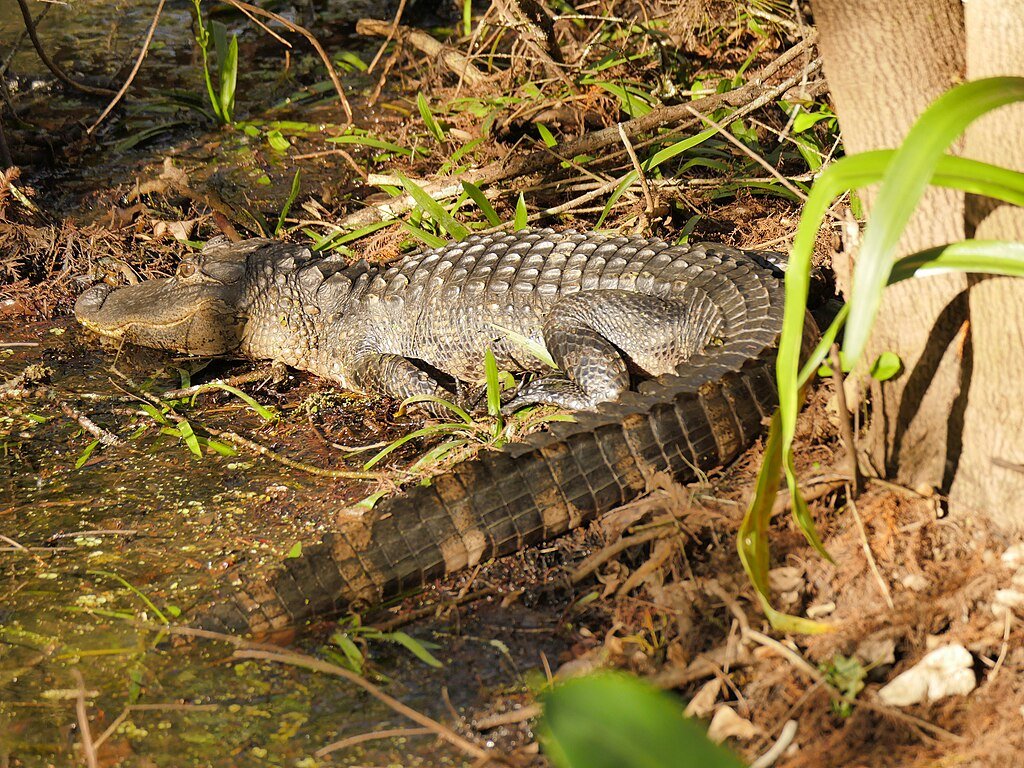
The resurgence of the American alligator offers a blueprint for other conservation efforts. It underscores the importance of legal protection, habitat preservation, and sustainable practices. By applying these principles to other threatened species, we can emulate this success story and continue to enrich our planet’s biodiversity.
Community Engagement: The Role of Public Awareness
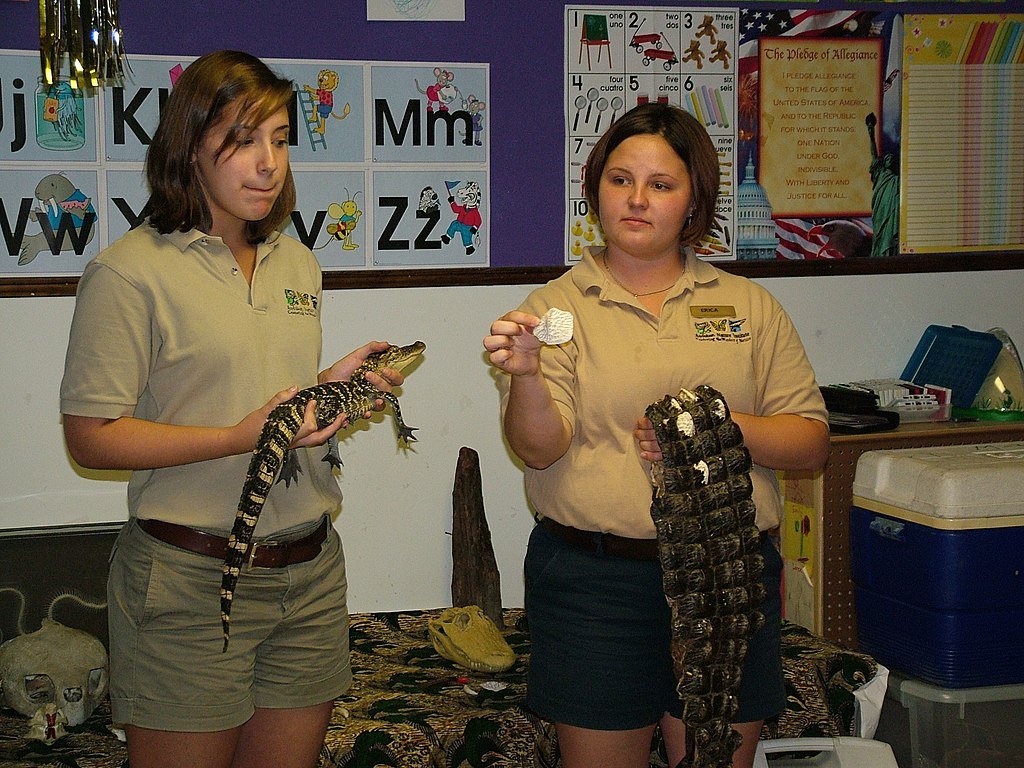
Public understanding and involvement have been crucial in the alligator’s comeback. Education efforts helped shift perceptions from fear and exploitation to admiration and respect, cultivating a conservation-minded public. Engaging communities in conservation activities further enhances these bonds, fostering a culture of coexistence and stewardship.
The Alligator’s Ecological Role: Keystone Species

Alligators play a vital role as keystone species, significantly influencing their environment. By creating ‘alligator holes’ that retain water during dry spells, they provide critical habitats for fish, turtles, and birds. Their presence helps maintain the ecological balance, illustrating the interconnectedness of species within an ecosystem.
Conclusion: A Legacy of Hope and Action
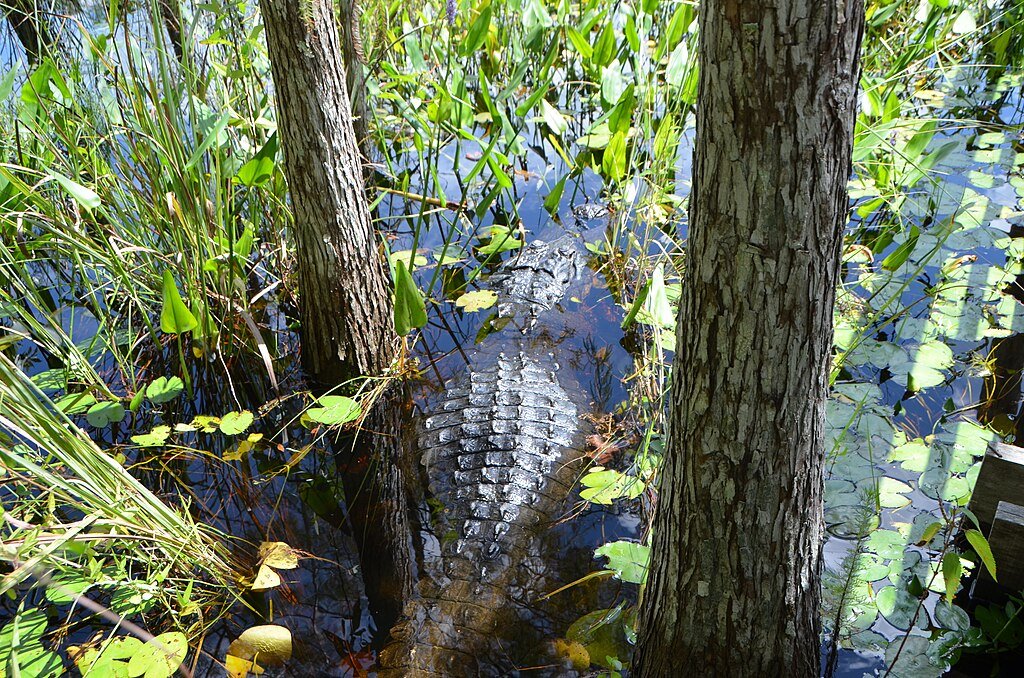
The return of the American alligator is a story of hope, determination, and success. It illustrates the profound impact of collective action and shows that endangered species can rebound with the right mix of protection, habitat restoration, and public cooperation. As we celebrate this achievement, it is a reminder of our responsibility to protect the natural world and a call to replicate these efforts for other species in need. By learning from the past and acting in the present, we can shape a future where biodiversity thrives alongside human development.




